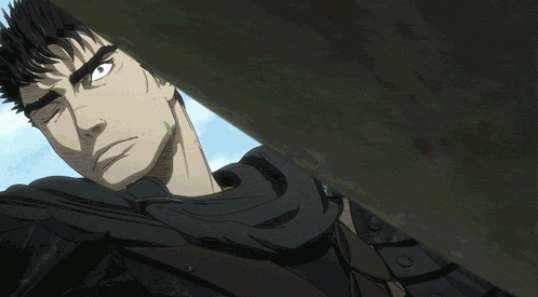

Telgemeier followed “Smile” with “ Drama,” a graphic novel about kids in a middle school theater club “Sisters,” a memoir about her tortured relationship with her younger sister and “ Ghosts,” about a lonely, anxious girl whose family moves to a town populated by spirits.

“If Judy Blume wrote graphic novels, this is what they would look like,” the author Scott Stossel wrote of Telgemeier’s work in the Book Review last month. Her intimate, accessible style and stories about young characters facing everyday struggles with school, family drama, friendships and bullies seem to speak directly to kids. Telgemeier’s books, with their flawed, funny protagonists and nuanced exploration of the knotty emotional landscape of childhood, changed that. Telgemeier’s books, which include “Smile,” “Sisters” and “Guts,” have more than 18 million copies in print. “There was a common trope at the time that girls didn’t read comics and that was a boy thing, so the market wasn’t catering to girls and women.” “Raina single-handedly created the market for middle-grade graphic memoir,” said Saylor, who is now the publisher of Graphix. Her books collectively have more than 18 million copies in print.

The book’s success transformed the graphic novel market and children’s publishing, proving there were young readers who were eager for realistic comics. Martin’s series “ The Baby-Sitters Club” for its new imprint, Graphix, then acquired Telgemeier’s graphic memoir “Smile,” which she had been publishing as a web comic. In 2004, Scholastic hired Telgemeier to illustrate the graphic novel adaptations of Ann M. Her work impressed David Saylor, then a creative director at Scholastic, the children’s book publishing house, which was preparing to start an imprint for graphic novels and comics. “I got a bit of snooty pushback saying, Well, maybe this is immature.”īut others saw emotional depth and sophistication in her stories. “My style was still rooted in Disney cartoons and the Sunday funnies,” she said. In art school, some teachers and fellow students dismissed her illustrations as unsophisticated. She started self-publishing and selling mini-comics, mostly autobiographical short stories. Later, as a student at New York’s School of Visual Arts, she discovered there was an audience for her work.

Telgemeier’s depiction of her own childhood drawings in “Guts.” Raina TelgemeierĪt first, drawing was something she did for herself.


 0 kommentar(er)
0 kommentar(er)
